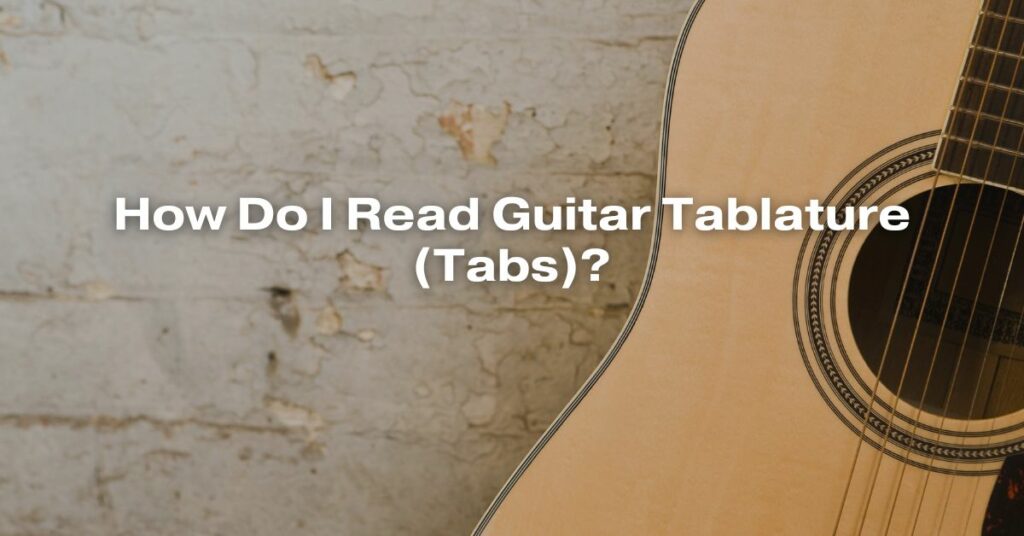Learning to play the guitar is a rewarding and exciting journey, but it can also be daunting, especially for beginners. One of the essential skills every aspiring guitarist should master is reading guitar tablature, commonly known as tabs. Guitar tabs are a universal language among guitar players, allowing them to share and learn songs quickly without having to read traditional sheet music. In this article, we will explore what guitar tabs are, how to read them, and some tips for beginners to get started.
Understanding Guitar Tablature
At first glance, guitar tabs might look confusing, but they are actually quite simple once you understand the basics. A guitar tab is a visual representation of the guitar neck, with six lines representing the six strings of the guitar. The numbers on these lines indicate which frets to press down. Here’s a breakdown of the strings and their corresponding numbers:
String 6 (lowest sounding string): Represented at the bottom of the tab, often written as “e” or “E”, and the number 0 indicates an open string.
String 5: The line above the 6th string, often represented as “A”.
String 4: The next line up, represented as “D”.
String 3: The middle line, represented as “G”.
String 2: The second line from the top, represented as “B”.
String 1 (highest sounding string): At the top of the tab, represented as “e” or “E”.
Reading the Numbers
The numbers on the lines indicate which fret to press down. For example, if you see a “3” on the 6th string, you would press down the 3rd fret of the 6th string. If you see a “0,” it means you play the string open, without pressing any frets.
Rhythmic Notation
In addition to numbers indicating frets, guitar tabs also include rhythmic information. While tabs don’t provide precise timing, they often use spacing to give you a general idea of the rhythm. Closer together numbers are played quickly, while widely spaced numbers are played with longer duration.
Chords and Techniques
Guitar tabs are not limited to just notes. They can also represent chords and various playing techniques. Chords are usually written above the tab, indicating when to play a specific chord shape. Techniques like bends, slides, and hammer-ons/pull-offs are denoted by special symbols or abbreviations within the tab.
Tips for Beginners
Start Simple: Begin with easy songs and exercises. Simple melodies and riffs will help you get comfortable with reading tabs.
Use a Metronome: Practice with a metronome to develop your sense of timing and rhythm, which is crucial when reading tabs.
Learn Basic Symbols: Familiarize yourself with common tab symbols and techniques. Understanding these symbols will enhance your tab-reading skills.
Combine with Sheet Music: While tabs are excellent for learning songs quickly, consider learning to read standard sheet music too. It will broaden your musical knowledge and skills.
Practice Regularly: Like any other skill, practice is essential. The more you read tabs and play, the better you’ll become at it.
Play Along with Songs: Use tabs to play along with your favorite songs. It’s not only fun but also a great way to improve your tab-reading skills in a real musical context.
In conclusion, guitar tabs are a valuable tool for guitarists, enabling them to learn and play a wide variety of music. With patience, practice, and dedication, anyone can master the art of reading guitar tablature. So pick up your guitar, find some tabs of your favorite songs, and start playing your way to musical mastery!


